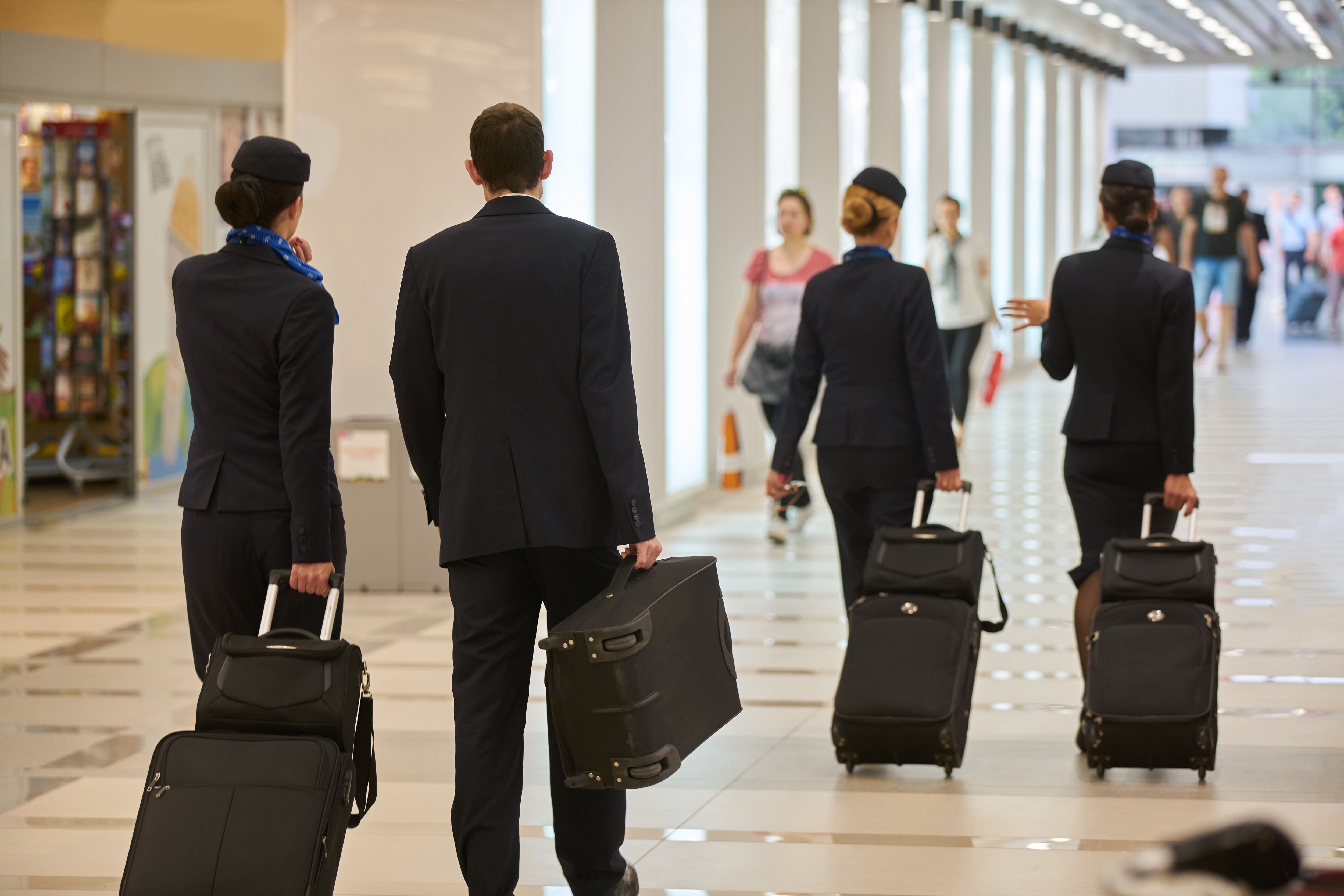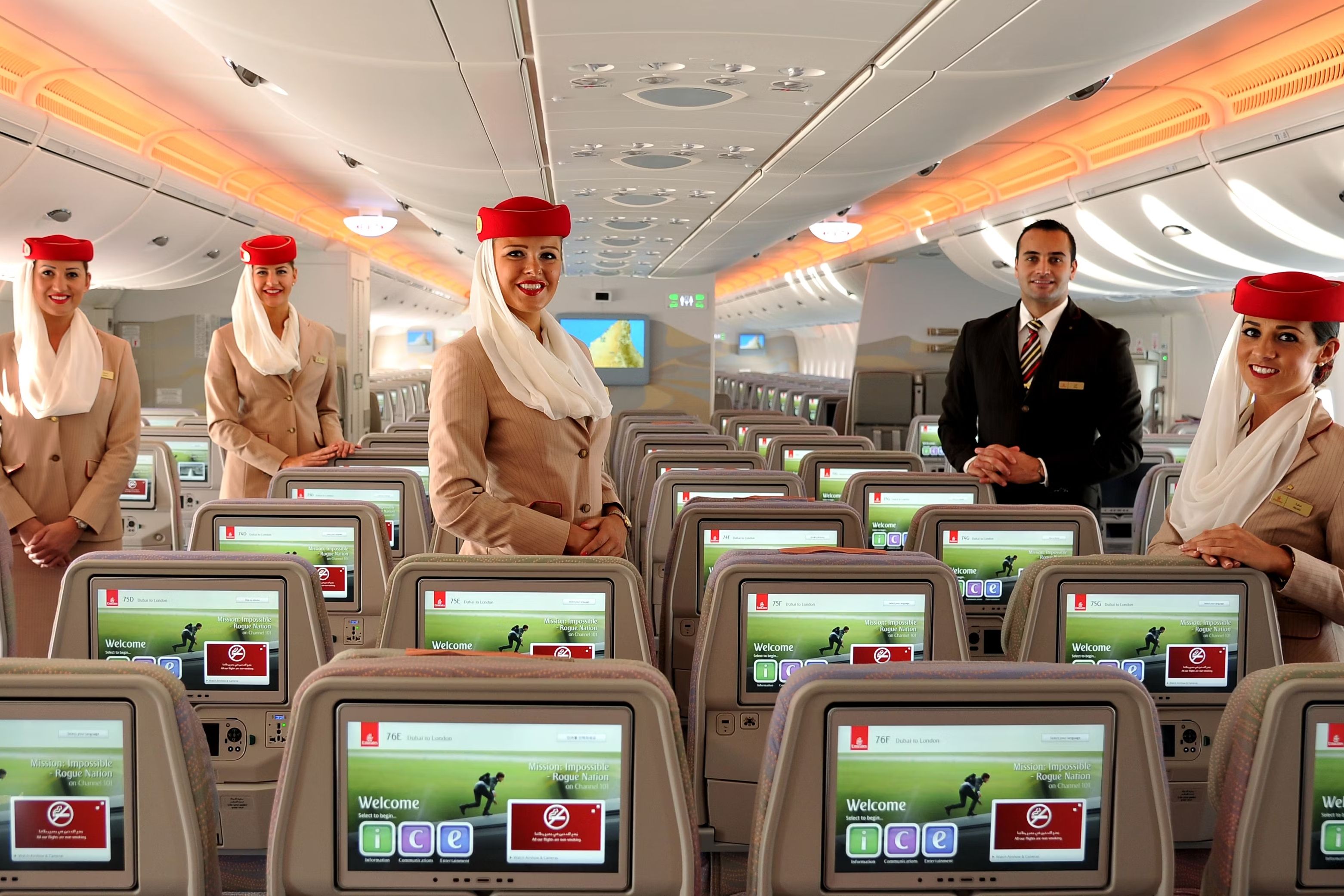Photo: Svitlana Hulko | Shutterstock
Summary
- Collaboration between pilots and the cabin crew is essential for flight safety.
- Open communication among flight crew, from crew scheduling to passengers and flight safety.
- Clear CRM strategy for effective in-flight teamwork, decision-making, and leadership.
While it is common for passengers to hear an announcement or two from pilots during the course of a flight, particularly at the beginning of the flight, passengers mostly interact with the cabin crew for their needs. During unusual circumstances, cabin crew members may contact pilots for assistance. Have you ever wondered how often cabin crew and pilots interact during flight?
For a successful flight, the gate agents, ground crew, cabin crew, flight crew, and maintenance technicians must work together to ensure a safe and on-time outcome. And those are just the more visible aspects of everything going on. Still essential but invisible to the passengers, crew schedulers ensure flights are appropriately staffed and rested, and dispatchers plan and file flight plans and monitor the flight as it progresses.
Photo: Anel Alijagic I Shutterstock
Certainly, from the passengers’ point of view, the most visible parts of this large, multidisciplinary team are the flight and cabin crew – the pilots and flight attendants.
But how much do the pilots interact with the cabin crew during a flight? Like many replies in aviation, it depends. It depends on the length of the flight, the weather along the route, and any special issues that need to be addressed for passenger comfort and safety.
Open communication strategy
Crew Resource Management (CRM)
- A set of training and communication strategies to enhance teamwork and decision-making
- Ensuring safe operation of the aircraft and the well-being of passengers
- Minimize human error stemming from poor communication and teamwork
Much like in any other profession, establishing clear and open communication early in the day is vital. For pilots and flight attendants working the first leg of the day, communication begins as much as 30 minutes or more prior to boarding. Pilots, often the captain, will discuss the flight length and weather expected along the way with the cabin crew and will generally set the tone.
Photo: Emirates
The flight attendants often have more information about the anticipated passengers on the flight – they will inform the rest of the crew of any known “specials,” such as unaccompanied minors, VIPs, or passengers needing special assistance, such as wheelchairs.
Improving flight safety and efficiency
The Canadian Center of Occupational Health and Safety (CCOHS) states that the primary reason for the CRM program is to improve the safety and efficiency of flight by addressing various aspects of crew performance, including:
- Communication
- Leadership
- Situational awareness
- Problem-solving
- Decision-making.
- Interpersonal skills
- Conflict resolution
- Effective coordination among crew members.
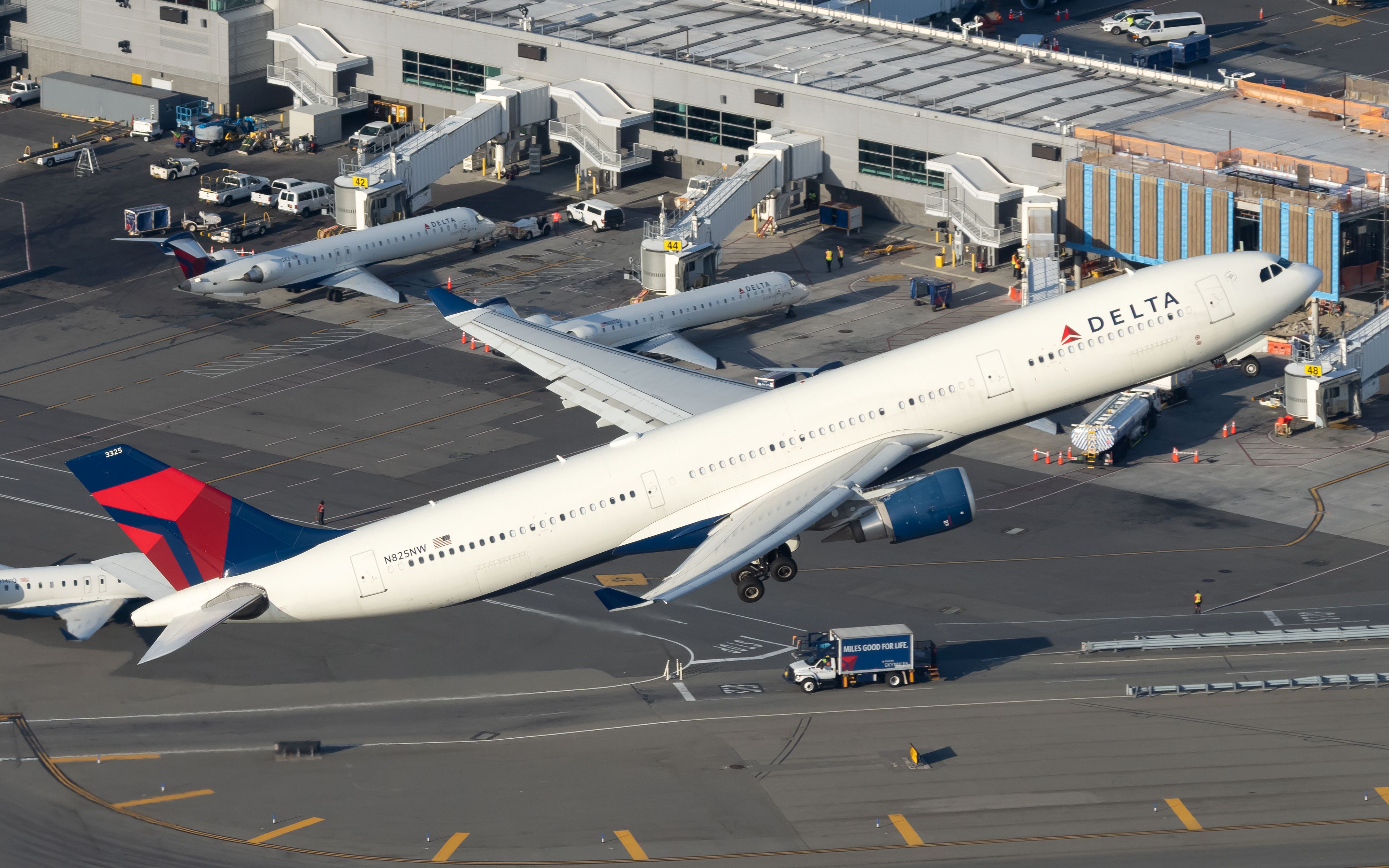
Related
Ensuring Flight Safety: The Influence Of Flight Manuals and Crew Training
Flight manuals and crew training have a greater influence on flight safety than regulatory certification.
According to CCOHS,
“It emphasizes the importance of clear, concise, and timely communication between cabin crew and pilots. It promotes a culture of collaboration and mutual respect in the cockpit and cabin. This management system includes providing essential information and actively listening to each other’s inputs and concerns. Crews must feel empowered to report hazards or potential concerns early so they can be addressed promptly.”
The use of the acquired skill-set
Once boarding begins, the communication continues as the captain and a flight attendant discuss the boarding process, particularly the length of time remaining for boarding, and the final word that boarding is complete, typically confirmed by the gate agent.
With boarding complete, the pilots must receive word from the flight attendants that the cabin is secure for taxi and, subsequently, for takeoff. Flight attendants play a crucial role in the safety of the traveler, and taxi and takeoff are two of the many times that flight attendants work to keep passengers securely seated, as regulations prevent the movement of the aircraft on the ground with passengers up in the cabin.
Photo: Svitlana Hulko | Shutterstock
Airborne, the communication between the flight deck and cabin crew might become less frequent but still critically important as the communications between the two shift toward weather, specifically turbulence. The cabin crew must know when it is safe to begin in-flight services, and at times, if the weather is expected to be poor and turbulent on departure and the initial climb, the captain will have the cabin crew remain seated until the weather concerns have passed.
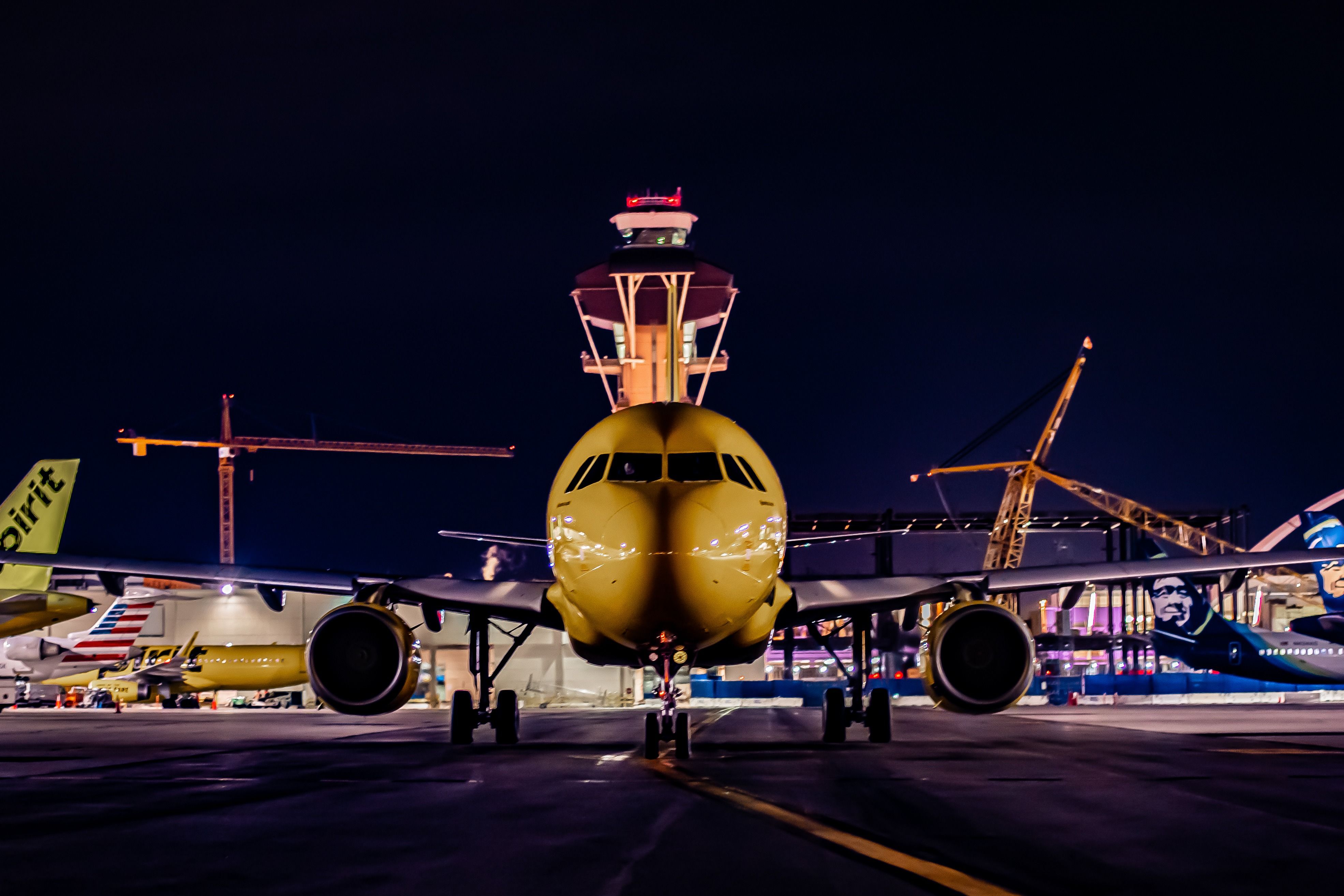
Related
Flight Ops Quality Assurance: Defining FOQA & Enhanced Flight Safety
Why airliners record countless data points on every flight.
This communication can be made using a phone as an intercom between the flight attendants and the flight deck. The interactions at this stage can be frequent in poor weather or relatively minimal in good, smooth air.
Following key aviation issues? Check out Simple Flying’s Guides.
As it is time to begin a descent approaching the destination, communication will resume around the time remaining in flight, and expected weather conditions on the descent, so that the cabin crew can plan and begin their final cabin preparations.
Each flight requires considerable choreography across multiple disciplines. Many of those interactions will be short and will cease after a certain task is complete, but for the flight and cabin crew, the interactions are numerous and ongoing to ensure a safe and on-time arrival.
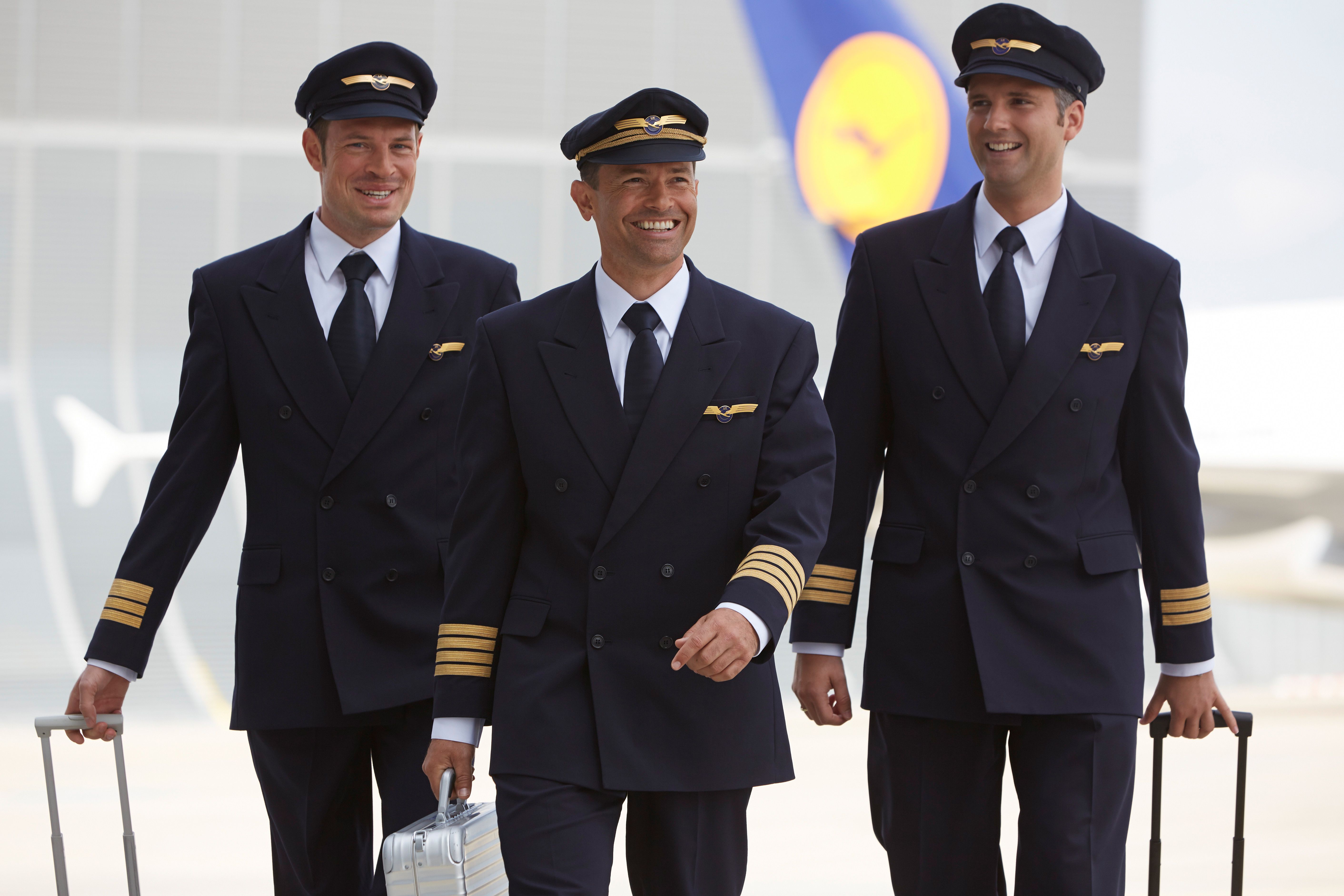
Related
The Importance Of Strong Cockpit Communication: A Pilot’s Perspective
Good communication doesn’t always require verbosity.



